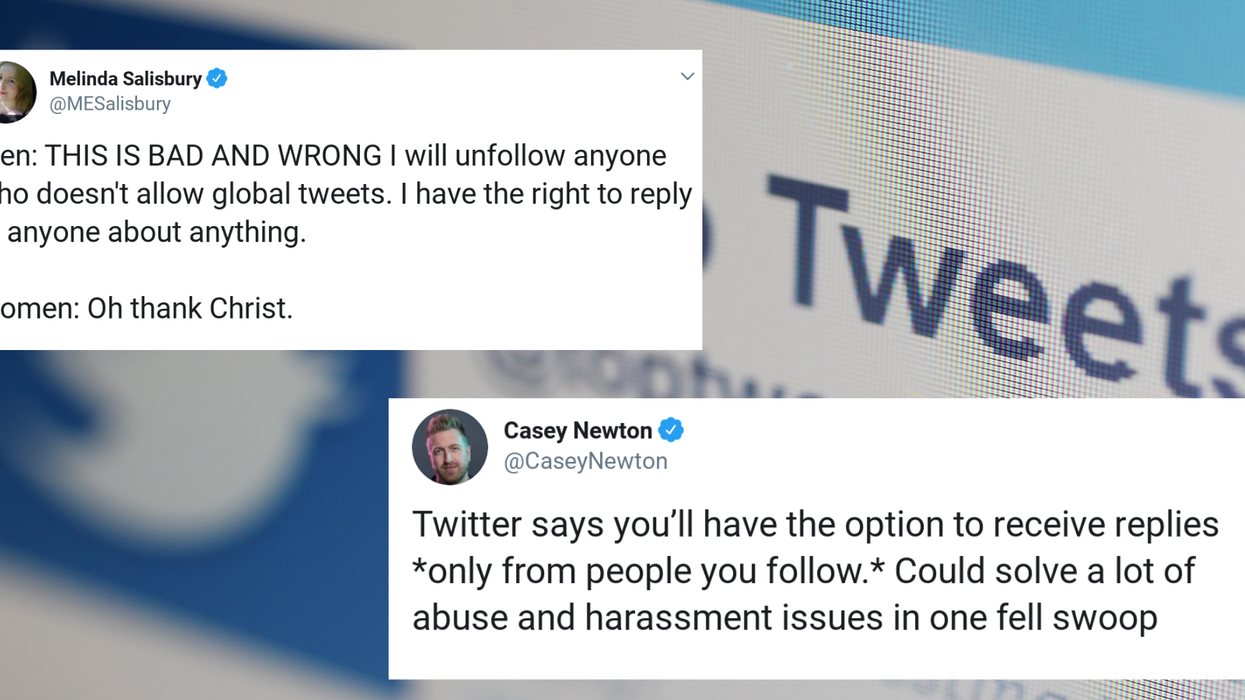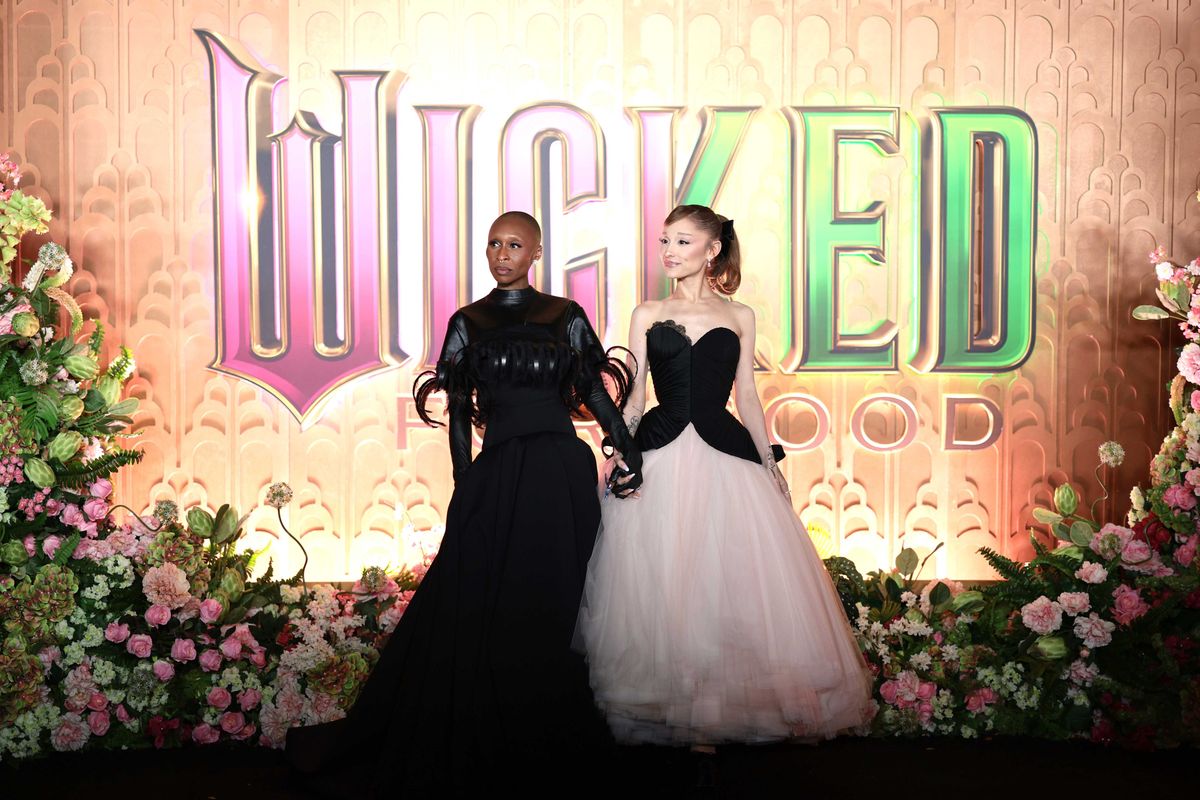
Every so often the brains behind Twitter like to add "improvements" to the platform, often without seemingly consulting the majority of users on whether they actually want the updates.
Sometimes they’ll just bizarrely appear (remember the new photo feature that everyone detests?), other times the changes will come with a forewarning, which means people have time to complain… And see them implemented anyway. Although in fairness, the introduction of the 2015 quote tweet function was a stroke of genius.
Now Twitter has announced the latest round of tweaks the company says it will be making to the app in 2020.
Reported by The Verge, the new settings revolve around replies to tweets and, according to Twitter’s director of product management, Suzanne Xie, there are four main changes to look out for.
Users will be able to choose who can reply to tweets when the proposed changes are rolled out later this year after testing.
The “Global” setting means anyone can reply while a “Group” setting will only let people who you follow and or/are mentioned in a tweet respond to it.
The “Panel” setting will restrict replies to just thought specifically mentioned in a tweet and the “Statement” option means users can post tweets and allow absolutely no one to reply to them.
And the idea of having tweets no one can reply to is prompting a… Mixed reaction.
Many women (and a few men) are pointing out that the function might actually help tackle the gendered abuse they experience at a disproportionate rate on Twitter.
In 2018, Amnesty released a report that said Twitter was failing to protect the rights of women on the platform and had become a hotbed for violence and abuse to “flourish”, with perpetrators held to little accountability.
Further 2018 Amnesty research found a woman is abused every 30 seconds on Twitter.
On Twitter’s part, Xie said that these changes are definitely driven by their concern surrounding the way people are currently able to “pile-on” or abuse and harass other Twitter users, with little ability to prevent them beyond blocking.
“Getting ratio’d, getting dunked on, the dynamics that happen that we think aren’t as healthy are definitely part of ... our thinking about this,” she said, speaking at the CES event in Las Vegas, where the new settings where announced.
However, some users have highlighted that the function could be open to misuse itself and prevent users challenging misinformation.
Twitter has come under pressure to tackle the spread of disinformation in recent years, along with other social media platforms like Facebook and Instagram.
There have been claims the platform is used by politically-motivated groups to encourage the sharing of "fake news" in order to promote certain agendas.
In the 2019 UK general election, the Tories came under massive criticism for rebranding their entire official Conservative Campaign Headquarters (CCHQ) Twitter accounts as the seemingly neutral ‘@factcheckuk’ during a leaders debate and tweeting out ‘fact checks’ that were really pro-Tory talking points.
This was despite Twitter rolling out a feature in April 2019 encouraging users to directly report “false voter information” during election periods.
Apart from the worry that Twitter’s new feature could be taken advantage of, others say the change does little to actually combat harassment on the site and instead is just treating the symptoms of the problem, not the cause.
It seems to be a case of we’ll simply have to wait and see how it all goes down. In the meantime, reply guys, take note: your reign of terror is nearly over.
More: Trump's reaction to the Iran missiles was one of his worst moments yet
More: Justin Bieber has Lyme disease and no one knows whether we should feel sorry for him













